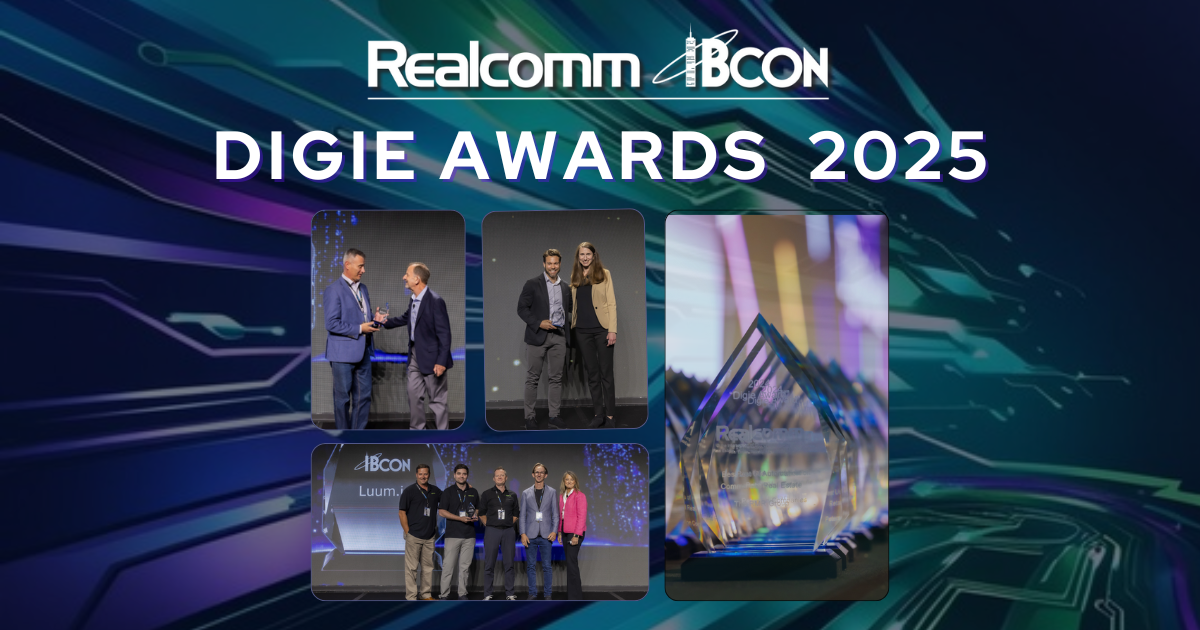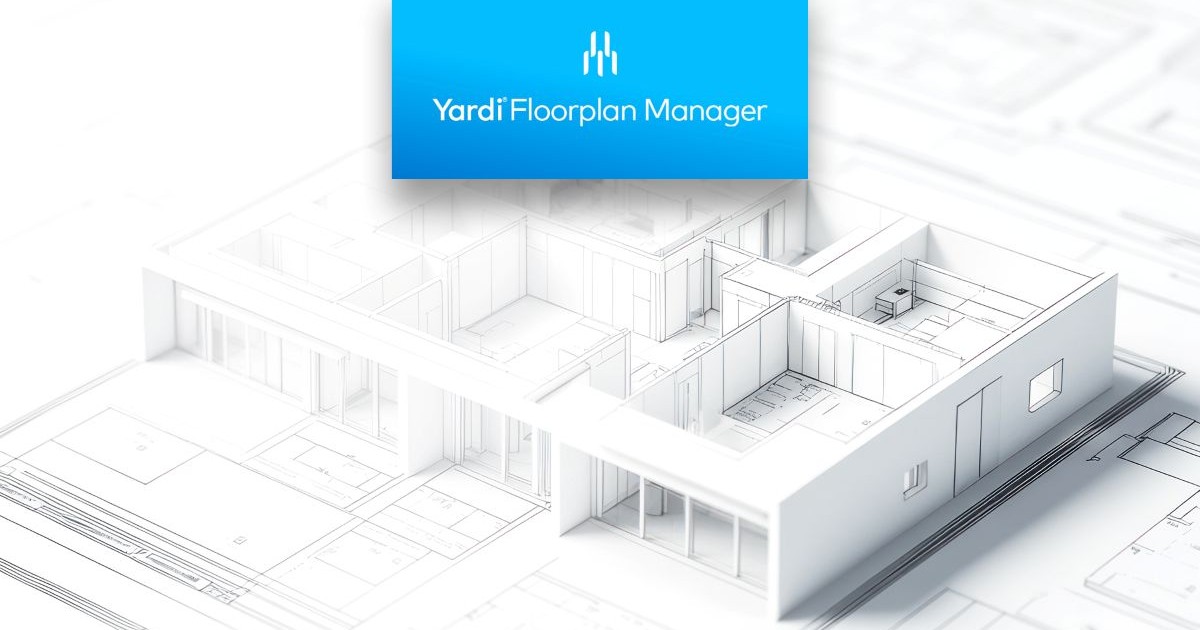This is 2020!

Here we are, at the beginning of another year and the start of a new decade. So, what is in store for the corporate and real estate-built environment?
Digital Transformation
Companies are taking advantage of digital transformation within their businesses to meet numerous business and organizational goals, gain efficiencies, take advantage of new opportunities and improve performance. While the built environment has embraced digital transformation to varying degrees, smart building technology has become the cornerstone of this transformation and will capture the attention of more building owners and operators. Digital transformation has changed the landscape in which buildings operate and must be embraced to remain competitive.
Cyber and Information Security
While we would hope cybersecurity and information security would diminish in importance, the opposite is happening. As 2020 begins, these are more important than ever before. We are seeing an increase in ransomware, denial-of-service attacks, fakes, and compliance directives from government initiatives whether it be federal or state mandates such as in the states of California and Oregon.
Cybersecurity and information security continue to be persistent risks requiring diligence and care. There will be a broadening push to deliver more proof of compliance with clear ways to validate what is being done to help ensure strong protections are in place. If 2019 has taught us anything at all with respect to cybersecurity, it is that regardless of size or sector or what type of business you are, every organization is a target of a cyberattack. We are far beyond the point where we can ignore the reality that cybersecurity is everyone’s job.
Connectivity
As buildings continue to embrace more interconnectivity, the requirement for quality cellular and wireless coverage throughout corporate facilities will become more prevalent. While still in the early stages, we will begin to see how 5G, Wi-Fi 6 and other technologies are going to radically improve connectivity and ultimately impact the connectivity strategies for buildings. Designed to handle the fast-growing numbers of devices and user requirements and all the demands that come from an increasingly wide range of new and emerging high-bandwidth and time-sensitive applications, Wi-Fi 6 and 5G provide significant upgrades in speed, capacity, throughput, reliability and connection density.
Continued Movement to the Enabled-Edge
The movement to the edge is already one of the biggest trends happening within the built environment. In 2020, we’ll see more deployments in distributed connectivity, data collection and performing analytics at the “edge” - that is, adjacent to where the data was produced. With more devices at the edge, comes more data providing enhanced insights into how we manage and operate facilities. When it comes to benefit and value delivery, the edge delivers speed, latency reduction, scalability, security, network bandwidth conservation, reduced operational costs and data sovereignty. Adoption of edge technologies ensure a much greater degree of flexibility for the future integration of new smart systems and applications.
Smart Data
If there was ever was a king within the built and facilities environment it is: smart data. Every building is generating heaps of structured and unstructured data. Data accessibility and making use of it is no longer a nice to have; but rather, a must. Yet most organizations have not yet fully explored how to capture, curate and use this information. Data has become an irreplaceable asset in how we manage and operate our buildings. Attention has turned from big data to smart data and real-time accessibility. The data derived by a device is now more valuable than the cost of the device itself.
Expanding Role of Sensors
They may be small, sometimes barely visible, but sensors are going to be even more important as we continue extending the connectivity of systems and equipment and enhance the occupant experience. The growing popularity of sensor systems is attributed to factors including flexibility, lifecycle cost, changing demands, and the expectations of occupants and facility managers. Sensors amplify the benefits of intelligent building solutions because of their ease of connectivity. Sensors play a crucial role in facilitating intelligent building solutions that can provide actionable insight through data-driven tools. Wireless connectivity is expanding sensor capabilities by allowing easy connection to larger networks that can increase the number of connected devices and enable more granular control over building systems.
IP
With the convergence of building management and information technology systems, IP-enabled devices are becoming a common element and more prevalent within buildings of all types as we head into 2020. IP-enabled devices take advantage of embedded intelligence and offer many benefits including making use of existing network infrastructures, require no special knowledge for installation, offer several connectivity options, (fiber, wireless, VPN etc.) and bring agility, interoperability, speed and adaptability that are pushing expanded applications. IP is also flattening the topology of traditional the building controls architecture. We are moving from one which has been vertical for years to one that is horizontal.
Artificial Intelligence
Today, there is still great buzz around artificial intelligence and the possibilities it can bring to the built environment. Artificial intelligence has been around for some time, however, within the built environment, AI has generated more hype than results so far. While some hype remains, real use cases and real-world applications with valuable results are emerging and 2020 will be the year we see more. AI is a powerful tool and will have a profound effect on the way our buildings are managed and operated.
Platforms
The year 2020, will be the year of the platform - especially open platforms. Platforms create value for users by facilitating connections and exchanges between people for services and information. Related to platforms is the emergence of the Building Engagement Platform. Our buildings are no longer passive places where we just work. They are digitally and edge- enabled, and they are social. They have become places of engagement in which there are interactions between occupants and their surrounding environment, communications between IT and OT, exchanges among HR and facility management all to create meaningful experiences and make the workplace smart, comfortable, productive, healthy, secure, reach higher levels of performance and be adaptive to multifunctional environments. The Building Engagement Platform combines what previous building platforms did with the touchpoints, tools, workplace applications and actions. It streamlines operations and efficiencies, creates and manages workflow and allows collaboration and information sharing that drive better outcomes and meet experience expectations.
Conclusion
We are connecting more systems and devices than ever before and creating connected environments that bring systems, devices, equipment, people and information together in ways that are meaningful and are delivering operational value and successful business outcomes. We are extending the lifetime value of equipment. We can integrate systems, devices and equipment into one building engagement platform. We can access, curate and obtain all the data we need and make the data interoperable. We are delivering real world results, KPIs, outcomes and ROIs.
Whether you are an owner, operator, service provider or occupant we have high expectations when it comes to the engagement experience. The way we interact with buildings is evolving quickly through digital transformation and IoT. Buildings that don’t follow this evolution will have a decreased value. The built environment is perhaps the most transformative and compelling application of innovative technologies for businesses today. The challenge is not technology, but the willingness and preparation to take advantage of it.
This Week’s Sponsor
Smart Technology. Smart Equipment. Smart Solutions. Embracing open software and hardware platforms, Lynxspring develops and manufactures innovative edge-to-enterprise solutions. We enable better building automation, energy management systems, control systems and IoT applications. Deployed in billions of square feet of commercial buildings across North America, Lynxspring’s solutions simplify integration, interoperability, and help connect your building’s data. www.lynxspring.com
Read Next
 5/29/2025
5/29/2025
AI Can’t Fix Bad Data. These Ideas Can Get You on the Right Track. Real estate visionaries constantly integrate innovative technology to make their organizations more efficient.
 5/22/2025
5/22/2025
Managing Building Automation and Integration Like an Investment Portfolio What if your building automation and integration decisions were managed with the same precision, discipline, and long-term vision as Warren Buffett’s investment portfolio?
 5/15/2025
5/15/2025
Tech, Talent and Transformation: 2025 Digie Finalists Announced For 27 years, Realcomm has presented the Digie Awards to acknowledge companies, real estate projects, technologies, and individuals that have advanced the commercial real estate industry through the strategic use of technology, automation, and innovation.
 5/15/2025
5/15/2025
Empowering Space Management with Data-Driven Visualization For effective CRE space management, it’s critical to centralize lease data, maximize rental square footage (RSF), improve energy efficiency and reconfigure spaces to meet changing needs.







%20(1)%20(1)%20(1).png)



